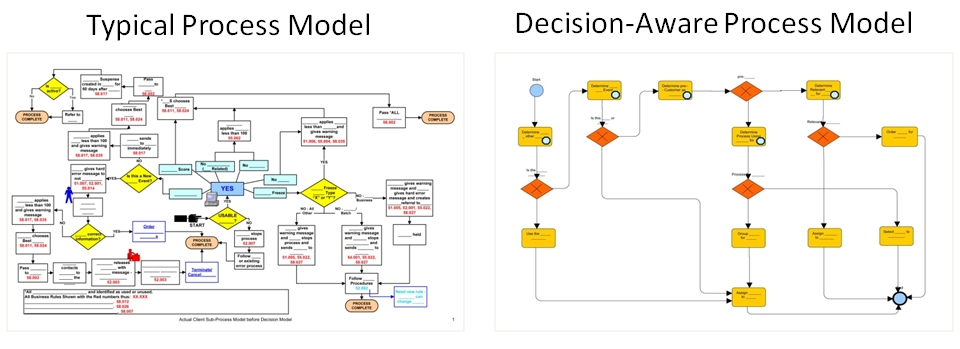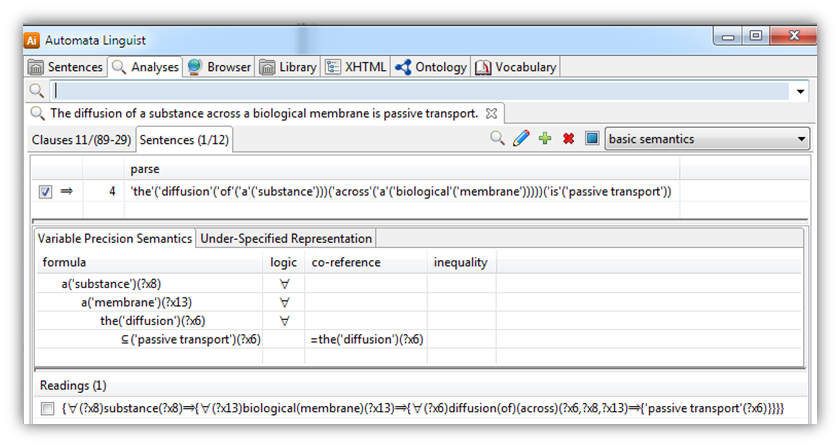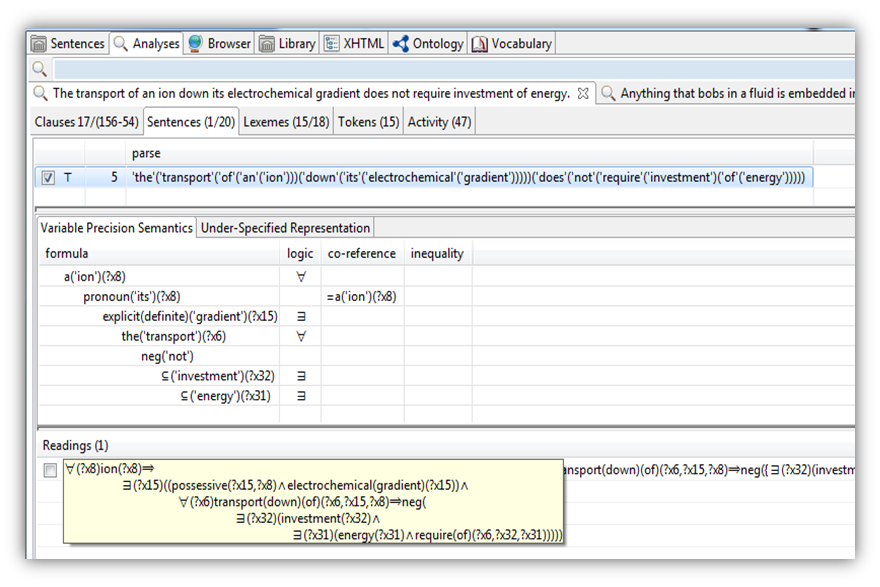The folks from Knowledge Partners have a post that I found thanks to Sandy Kemsley, whose blog often provides good pointers. This article talks about the decision perspective on business rules. It makes some good points, on which I would like to elaborate albeit at a more semantic or knowledge-level.
Every language has three kinds of statements: questions, statements, and commands. There are also some peripheral types, such as exclamations (Yikes!), but in business processes and decisions only declarative and imperative sentences matter.
From a process- or decision-oriented perspective, decisions are always phrased as imperative sentences. Otherwise, the statements reflected in any business process, whether you are using BPMN or a BRMS, are declarative sentences.
Decisions are imperative sentences because they state an action to be taken. For example, decline a loan or offer a discount. It’s really pretty simple. A decision is an action. Rules that don’t take actions are statements of truth. Such declarative statements of truth are perfect for formal logic, logic programming, and semantic technologies. It’s the action that requires the production rule technology that dominates the market for and applications of rules.
The authors of the aforementioned article use the following diagram to explain the benefits of the decision-oriented approach in simplifying business processes:

The impact is very simple. If you eliminate how you reach decisions from the flow that you diagram in BPMN things get simpler. It’s really as simple as realizing that you have removed all the “if” parts (i.e., the antecedents) of the rule logic from the flow chart.
So who in their right mind would use a business process tool to express any business logic? Continue reading “What could be more strategic than process or decision management?”






